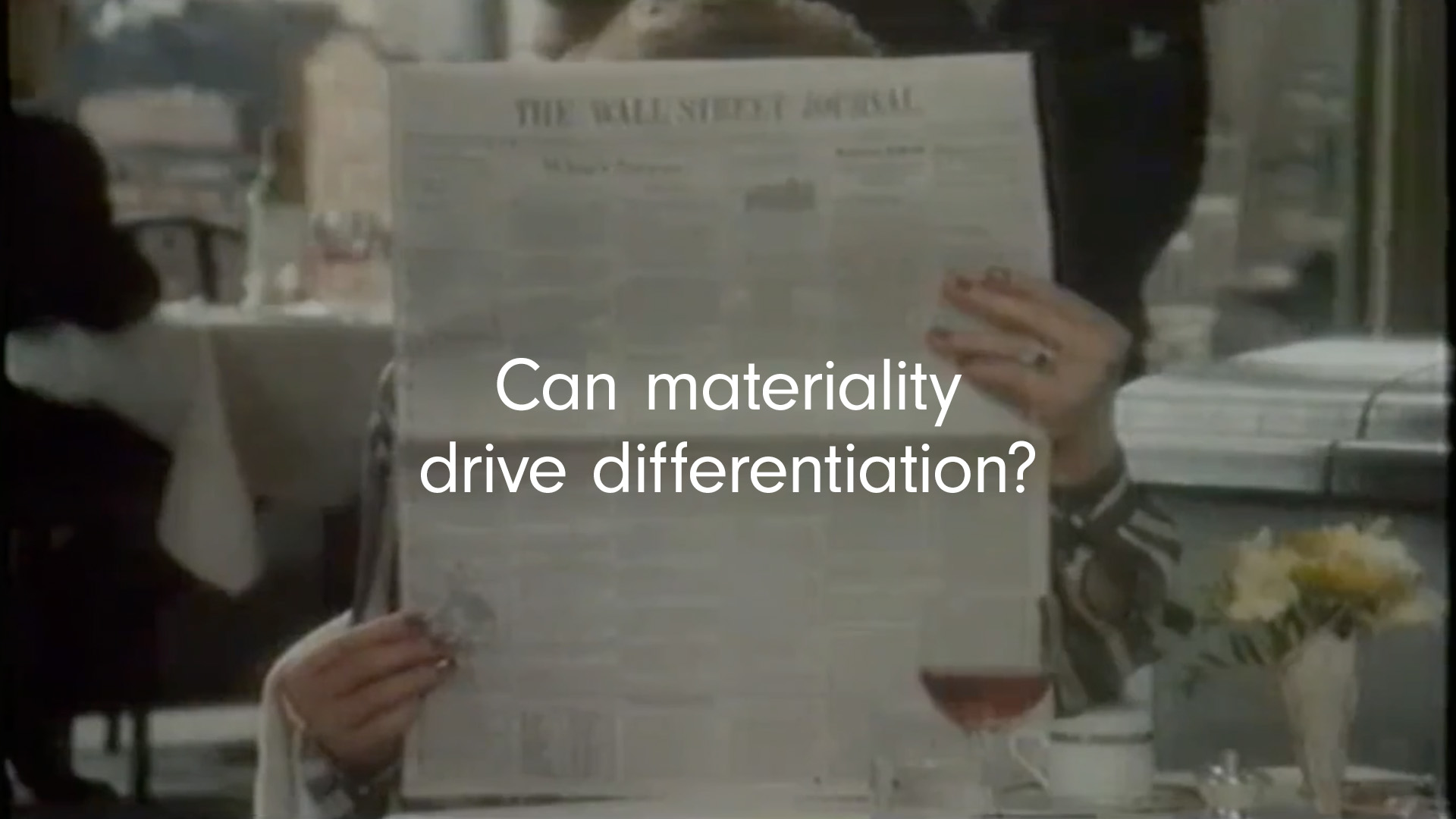Everything is connected series #2

A little boastful maybe, but the point was (and still is I guess) that the flow is normally the other way. What happens in the US, eventually finds its way over here.
Another ‘Hanson’ moment is happening now. The SEC in the US, recognising, maybe, that the UK leads the way on reporting, is looking to increase the level of materiality and disclosure required in ESG reporting for US businesses
Generally I don’t find the prospect of tighter regulatory frameworks that appealing. When all companies are encouraged to report in a certain way, reports and broader communications tend to become an identikit process. Useful in one sense as this enables equal comparisons. But limiting in another as it can dilute the differences between companies. And let’s not forget, all companies are different, and the differences are material because they allow investors and others to judge a company’s emotional intelligence as well as its factual application of international best practice.
I understand the need for this approach with data and numbers – comparing apples with apples is helpful – but where do the numbers come from? Normally they are the output of what makes the business tick – what makes it different. If this gets swamped by regulation then we might lose the ability to fully assess a business and its long-term prospects.
At the heart of the latest ESG thinking is greater emphasis on materiality – formally described as ‘the process of identifying, refining, and assessing numerous potential environmental, social and governance issues that could affect your business’. Or put more simply, the things that are most important to the business in question.
But, in this case, we should regard the drive on materiality as a positive move for creative communicators.
My view is that this presents an interesting opportunity for companies as it asks the question: can we use materiality, not just in the area of ESG, but also in a companies broader corporate communications to give a fuller and more authentic presentation of a company’s difference?
Is materiality a new starting point around which to shape the future differentiating story of a company?
So, if you agree that the elevation of materiality disclosure will encourage differentiation, not stifle it, where does creativity fit in and how can it help?
It probably makes creativity more valuable than ever, as long as it is delivering this new, precise and more authentic story. I think it can start to drive the ‘spirited’ part of corporate communication and everything can become more vivid, engaging and valuable for stakeholders, across all channels.
P.S. Back to Hanson quickly
Amusingly here’s how they used to promote their annual report. A TV ad and a telephone number. Now, more often than not, you get a blanket email and a link.
Want to take your communications further? I’d love to hear from you. Please get in touch with me on my mobile 07973 166 773 alternatively, richard@gather.london